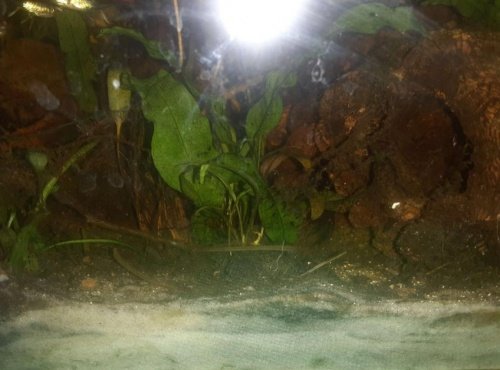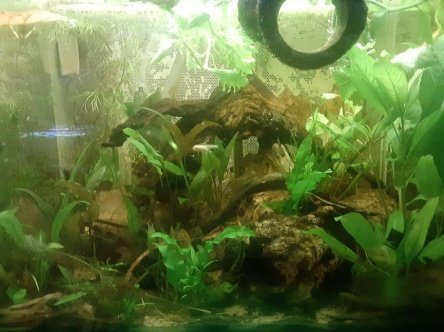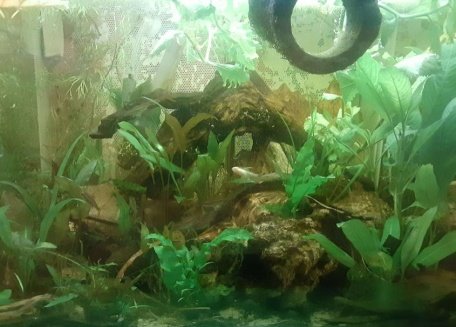Pictures and video of the fish?
Upload videos to YouTube, then copy & paste the link here.
Just clarifying, you added 1 new glolight tetra and a few days later the other fish in the tank started dying.
All the fish in the tank except the glolights have died.
The glolight tetras are gasping/ breathing heavily but show no other symptoms?
What symptoms (if any) did the other fish show?
Did you add anything else (besides the new glolight tetra) to the tank in the 2 weeks before this started?
Did you do a water change or clean the filter or do anything to the tank just before this started?
Did you have any visitors the day before this started (someone might have put something in the tank)?
Do you have buckets that are used specifically for the fish?
Do you have hoses/ gravel cleaner, etc, that are used specifically for the fish?
Do you use hand sanitiser, moisturising creams, perfumes, or anything else that might leave a residue on your skin?
Does anyone smoke, paint, or use any type of aerosol (perfume, hair spray, deodorant, etc) in the room?
---------------------
Basic First Aid For Fish
Wipe the inside of the glass down with a clean fish sponge. This removes the biofilm on the glass and the biofilm will contain lots of harmful bacteria, fungus, protozoans and various other microscopic life forms.
Do a 75% water change and gravel clean the substrate every day for a week or until the problem is identified. The water changes and gravel cleaning will reduce the number of disease organisms in the water and provide a cleaner environment for the fish to recover in. It also removes a lot of the gunk and this means any medication can work on treating the fish instead of being wasted killing the pathogens in the gunk.
Make sure any new water is free of chlorine/ chloramine before it is added to the tank.
Clean the filter if it hasn't been done in the last 2 weeks. However, if the filter is less than 6 weeks old, do not clean it. Wash the filter materials/ media in a bucket of tank water and re-use the media. Tip the bucket of dirty water on the garden/ lawn. Cleaning the filter means less gunk and cleaner water with fewer pathogens so any medication (if needed) will work more effectively on the fish.
Increase surface turbulence/ aeration to maximise the dissolved oxygen in the water.
Thank you for the quick response!
Video of the tetras here:
I have since found at least two of the otocinclus, which more may be in the tank its hard to tell with them. I also still have my assassin snails.
"Just clarifying, you added 1 new glolight tetra and a few days later the other fish in the tank started dying.
All the fish in the tank except the glolights have died.
The glolight tetras are gasping/ breathing heavily but show no other symptoms?"
Yes this is correct. The new tetra is the albino one.
No visible symptoms on any that I've noticed, no lethargy or weird swimming, the only pattern I noticed [before adding the albino tetra], was them suddenly schooling together which I've only seen them do when stressed.
I added two plants the day I added the fish, from the same aquatics store.
Other than checking the water and refilling the evaporated water with the same clean sink water, no.
No visitors.
Yes, I have a new aquarium bucket that has been used on every tank.
I have a gravel vaccuum I use for all three aquariums.
I do not use anything external like that, except for hand sanitizer from work, though I rarely touch my tanks after work.
No smoking/painting/etc in the room.



